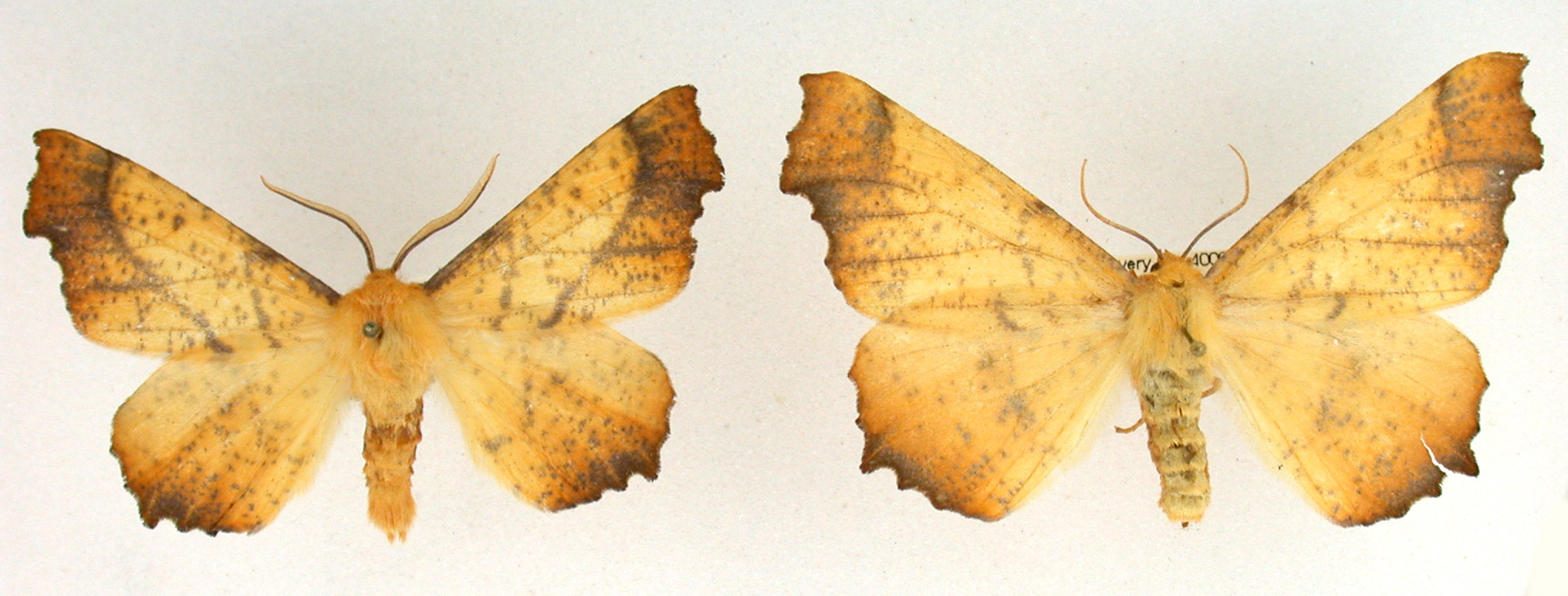
| Recorded by: Nora Murdock on 2025-10-13
Henderson Co.
Comment: | 
| Recorded by: Nora Murdock on 2025-10-13
Henderson Co.
Comment: |
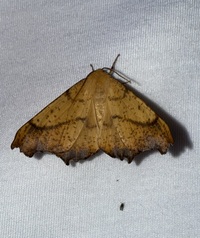
| Recorded by: Nora Murdock on 2025-10-13
Henderson Co.
Comment: | 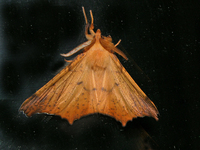
| Recorded by: Owen McConnell on 2024-10-20
Graham Co.
Comment: |

| Recorded by: Jim Petranka on 2024-10-12
Madison Co.
Comment: | 
| Recorded by: Chuck Smith on 2024-10-04
Davidson Co.
Comment: |

| Recorded by: Jim Petranka on 2024-09-06
Madison Co.
Comment: | 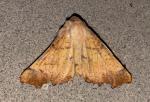
| Recorded by: K. Bischof on 2023-10-16
Transylvania Co.
Comment: |

| Recorded by: K. Bischof on 2023-10-16
Transylvania Co.
Comment: | 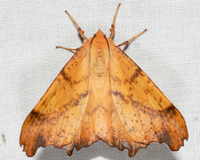
| Recorded by: tom ward on 2023-10-12
Buncombe Co.
Comment: |

| Recorded by: Owen McConnell on 2023-10-11
Graham Co.
Comment: | 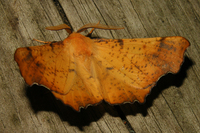
| Recorded by: Owen McConnell on 2023-10-11
Graham Co.
Comment: |
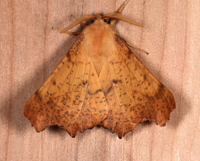
| Recorded by: Jim Petranka and Becky Elkin on 2023-09-25
Madison Co.
Comment: | 
| Recorded by: Jim Petranka, Becky Elkin, Ivanna Knox, Marietta Shattelroe and Avery Young on 2023-09-21
Buncombe Co.
Comment: |
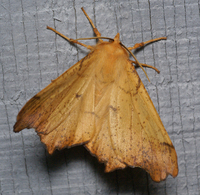
| Recorded by: Chuck Smith on 2022-10-29
Davidson Co.
Comment: | 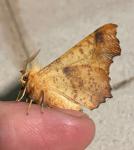
| Recorded by: K. Bischof on 2022-10-28
Transylvania Co.
Comment: |

| Recorded by: Jim Petranka on 2022-10-25
Madison Co.
Comment: | 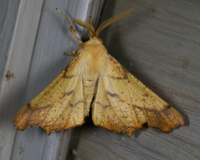
| Recorded by: Jim Petranka on 2022-10-25
Madison Co.
Comment: |
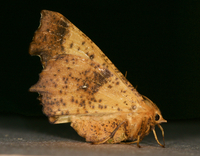
| Recorded by: Jim Petranka on 2022-10-16
Madison Co.
Comment: | 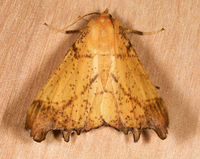
| Recorded by: Jim Petranka on 2022-10-16
Madison Co.
Comment: |
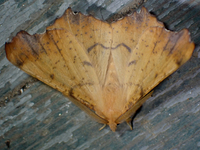
| Recorded by: tom ward on 2021-10-13
Buncombe Co.
Comment: | 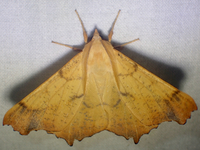
| Recorded by: tom ward on 2021-10-11
Buncombe Co.
Comment: |
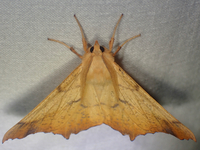
| Recorded by: tom ward on 2021-10-11
Buncombe Co.
Comment: | 
| Recorded by: Stephen Hall and Bo Sullivan on 2021-09-14
Ashe Co.
Comment: |

| Recorded by: J.B. Sullivan on 2020-05-16
Carteret Co.
Comment: | 
| Recorded by: J.B. Sullivan on 2020-05-14
Carteret Co.
Comment: |
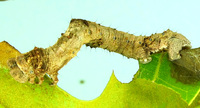
| Recorded by: J.B. Sullivan on 2020-05-09
Carteret Co.
Comment: | 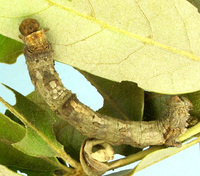
| Recorded by: J.B. Sullivan on 2020-05-09
Carteret Co.
Comment: Larva on Quercus incana |
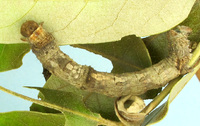
| Recorded by: J.B. Sullivan on 2020-05-09
Carteret Co.
Comment: | 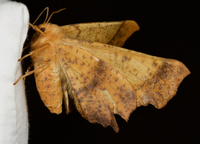
| Recorded by: Jim Petranka and Becky Elkin on 2019-09-23
Madison Co.
Comment: |
|

 »
»
